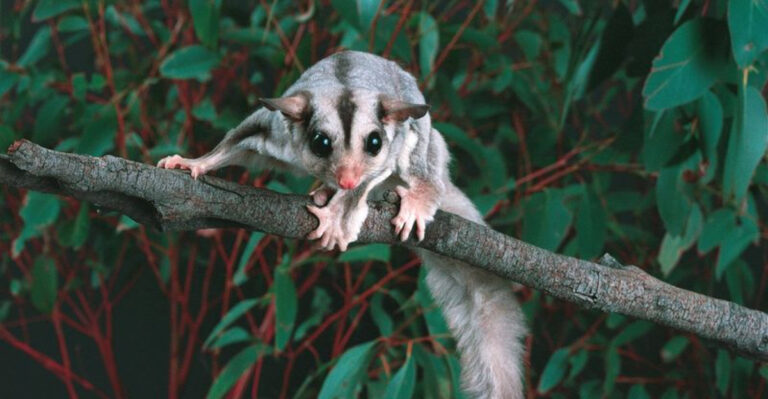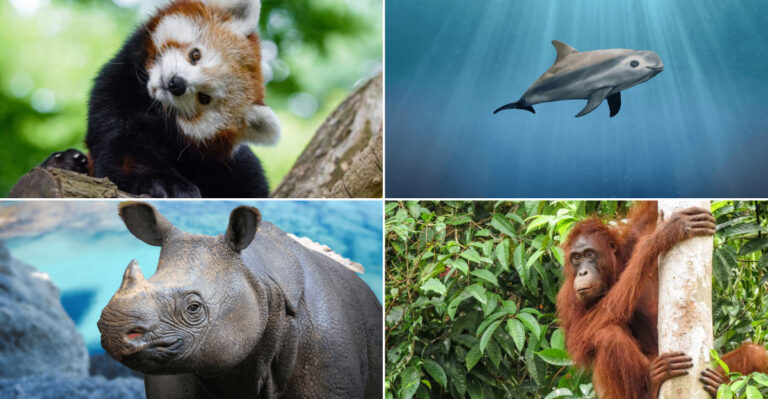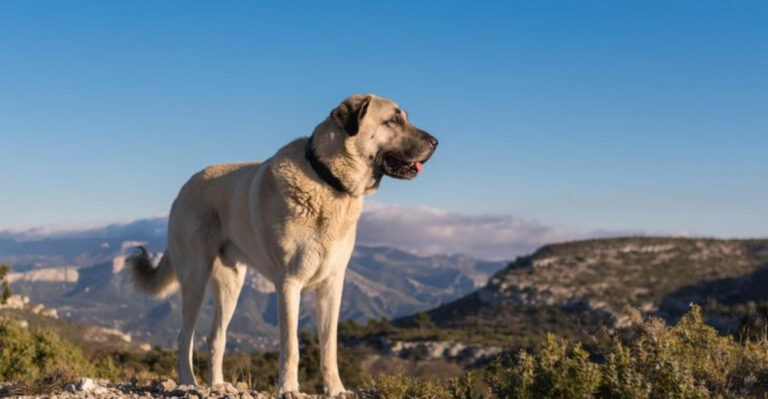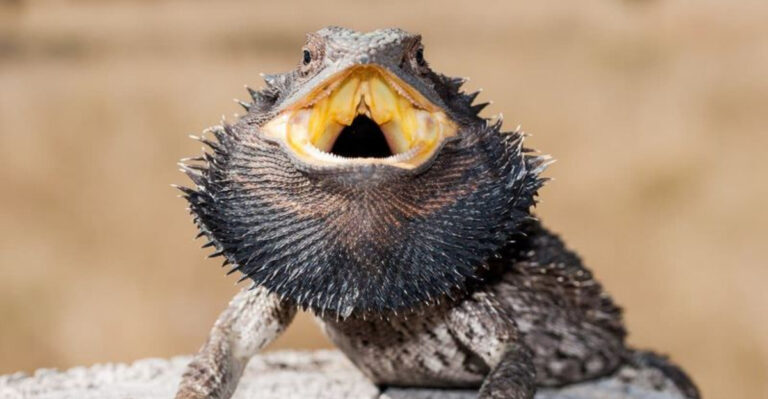10 Terrifying Extinct Creatures You’re Glad You’ll Never Meet (And 5 Surprisingly Gentle Ones)
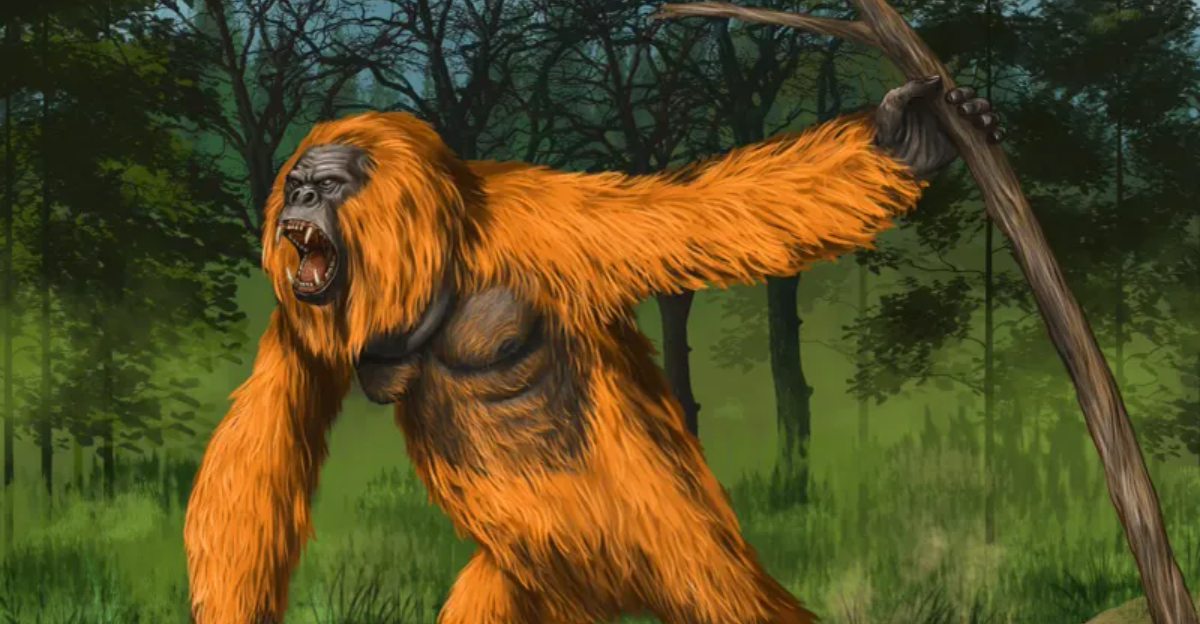
Millions of years before humans walked the Earth, some truly nightmarish creatures ruled our planet.
From massive ocean predators to land-dwelling giants with razor-sharp teeth, these extinct animals would make even the bravest explorer tremble. But not all prehistoric creatures were terrifying—some gentle giants roamed peacefully despite their intimidating size.
1. Tyrannosaurus Rex
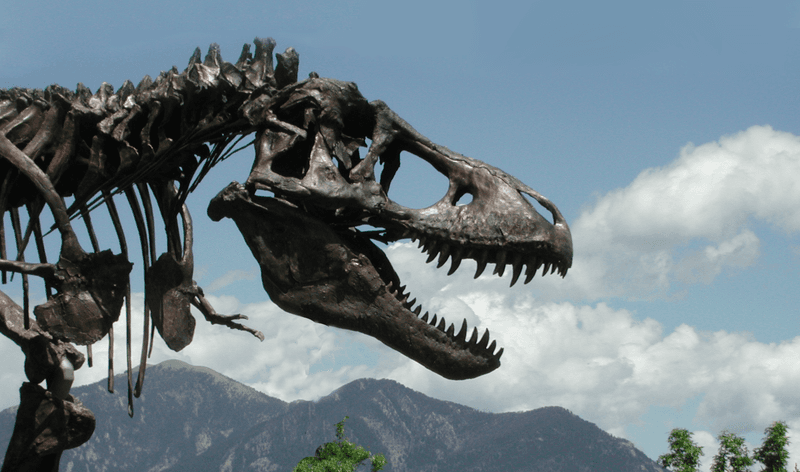
Standing 20 feet tall with jaws powerful enough to crush a car, T. rex wasn’t just big—it was a walking apocalypse.
Those banana-sized teeth could tear through 500 pounds of meat in a single bite.
Scientists believe it could smell prey from miles away, making escape nearly impossible for its unfortunate victims.
2. Megalodon
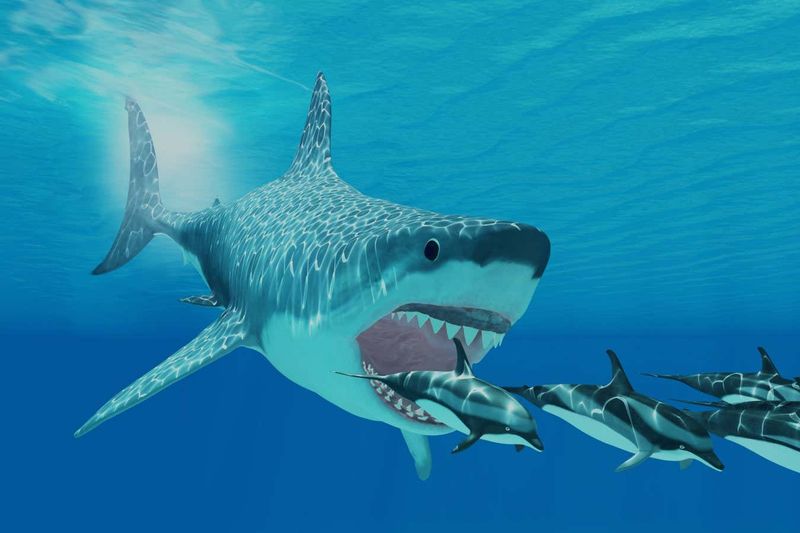
Imagine a great white shark… now triple its size. Megalodon’s jaws stretched seven feet wide, lined with serrated teeth bigger than your hand. This 60-foot monster could swallow a boat-sized whale in just a few bites.
No wonder ancient sailors reported seeing entire whales disappear in massive splashes.
3. Saber-Toothed Tiger
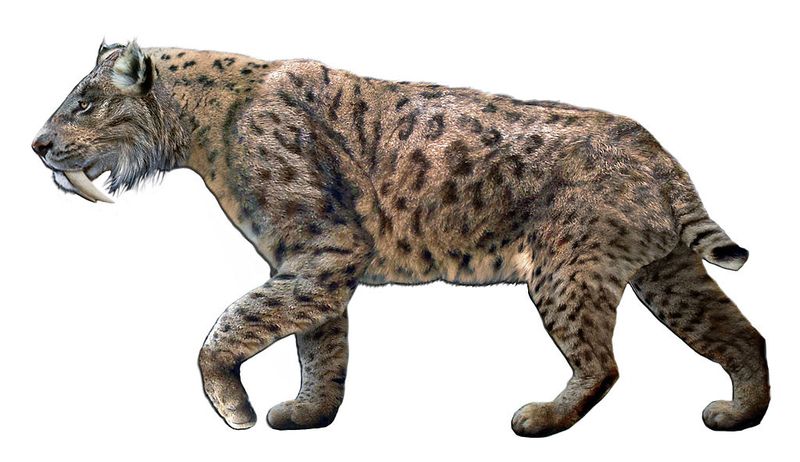
Those iconic 11-inch curved fangs weren’t just for show—they were precision killing tools. Smilodon would hide in trees or tall grass before pouncing on prey, driving those daggers straight into the victim’s throat.
Unlike modern cats, this 600-pound killer had arms so powerful it could pin down a bison with one paw.
4. Deinonychus
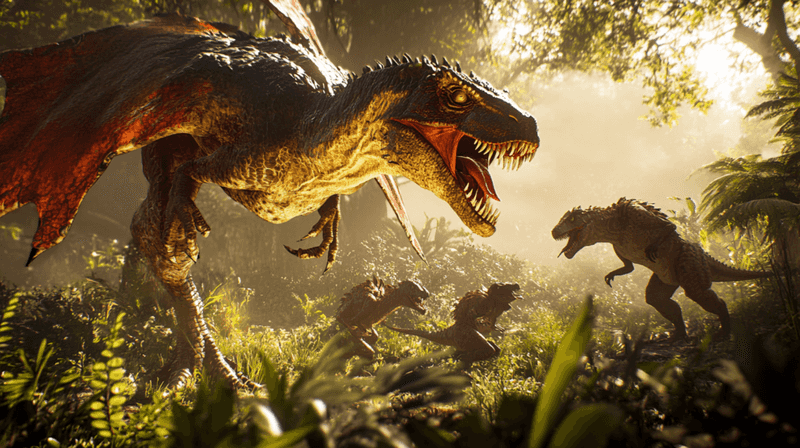
Remember those clever dinosaurs from Jurassic Park? The real Deinonychus was even scarier. Pack-hunting with razor intelligence, these 10-foot terrors had a sickle-shaped claw that could disembowel prey in seconds.
Their brain-to-body ratio suggests they were smarter than most dinosaurs—coordinating attacks like prehistoric wolves.
5. Dunkleosteus
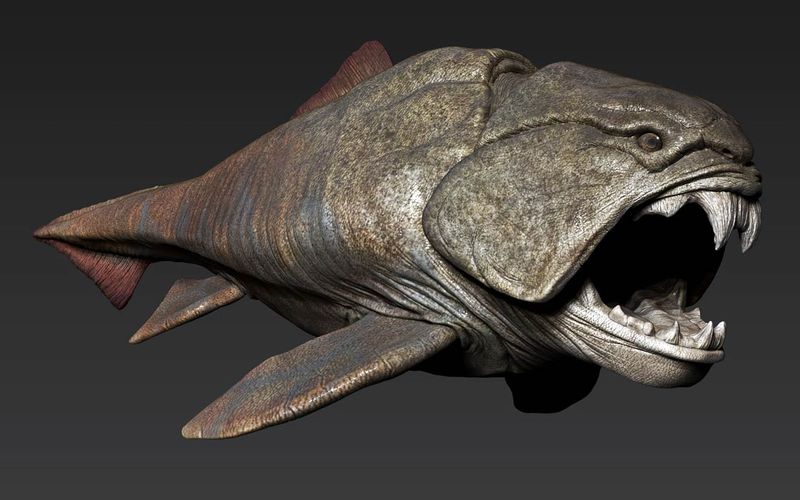
Before sharks ruled the oceans, this 30-foot armored fish terrorized ancient seas. Instead of teeth, Dunkleosteus had bone plates that formed razor-sharp cutting edges, sharpening themselves with every bite.
Its jaws snapped shut with the force of an industrial hydraulic press, creating a vacuum that sucked prey directly into its mouth.
6. Gigantopithecus
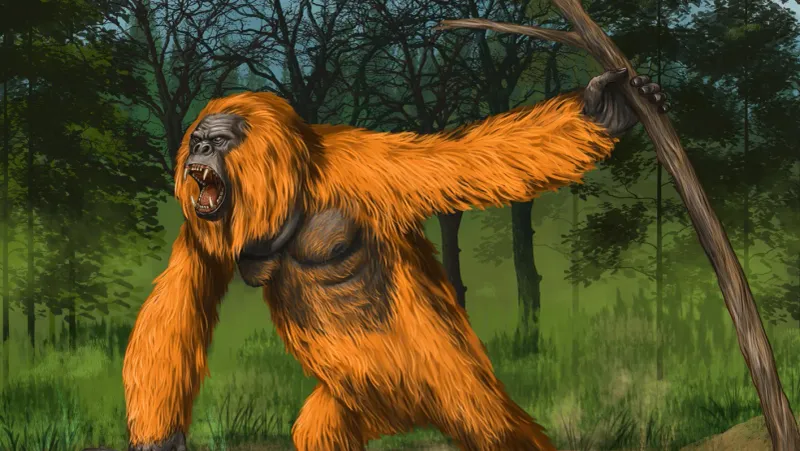
Towering at 10 feet tall and weighing up to 1,200 pounds, this ancient ape dwarfed even the largest gorillas. Though primarily plant-eating, its massive arms could easily tear apart anything threatening its territory.
Some believe Gigantopithecus inspired Bigfoot legends, as the last ones died out only 100,000 years ago—potentially overlapping with early humans.
7. Spinosaurus
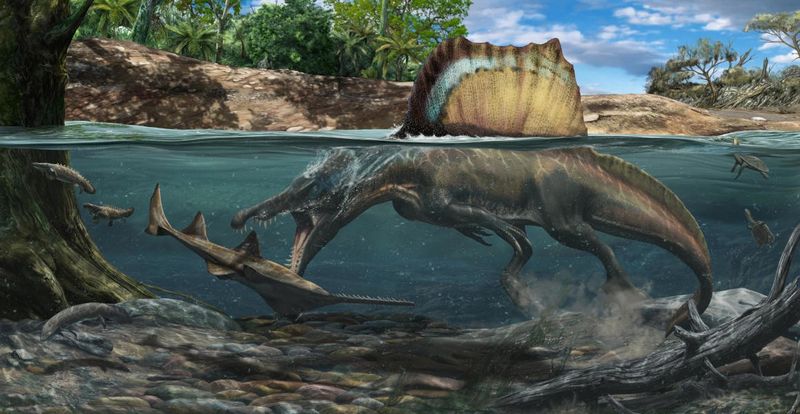
Longer than T. rex with a crocodile-like snout and massive sail, Spinosaurus was the largest carnivorous dinosaur ever. New evidence shows it was semi-aquatic, lurking in rivers to ambush prey like a 50-foot crocodile.
Its powerful tail created swimming speed that made escape impossible in water, trapping victims between rows of conical teeth.
8. Pliosaur
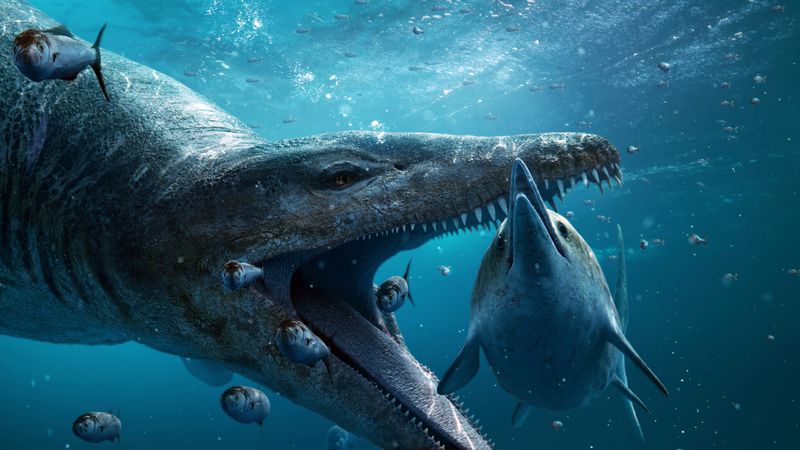
Imagine four flipper-powered torpedoes attached to a 40-foot body with a crocodile head twice the size of T. rex’s. Pliosaurs ruled ancient oceans with jaws strong enough to crush a small car.
Their unique body design created explosive acceleration, letting them catch anything swimming. One fossil shows a pliosaur that had bitten another clean in half.
9. Moa
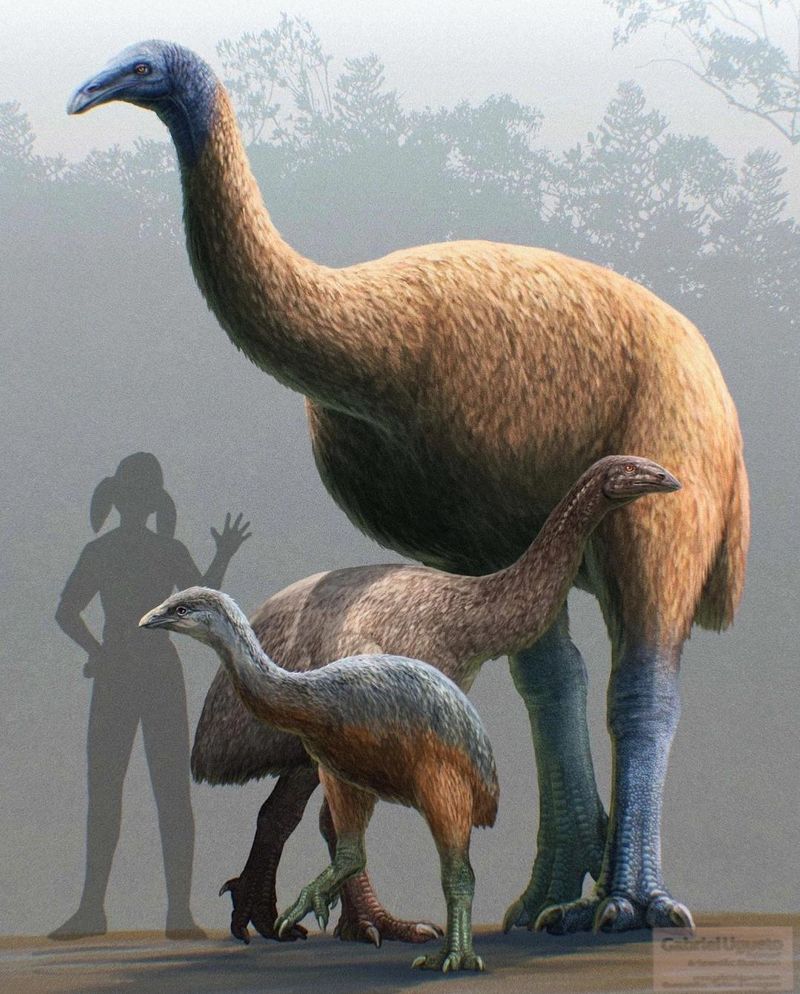
Standing 12 feet tall with powerful legs, the Moa wasn’t your average bird. Though flightless, these giants could deliver deadly kicks strong enough to break bones of anything foolish enough to threaten them.
They survived until just 600 years ago, when humans hunted them to extinction—their incredible size making them impossible to miss in New Zealand’s forests.
10. Titanoboa
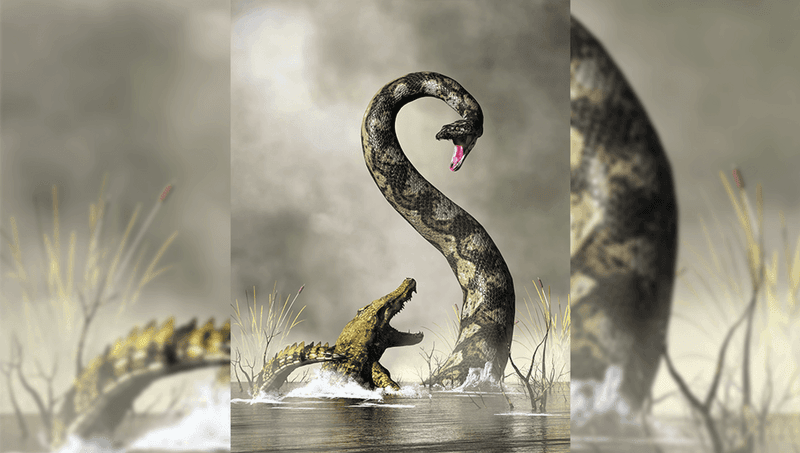
At 50 feet long and weighing over a ton, Titanoboa makes modern anacondas look like garden snakes. This monster could crush prey with the force of 400 pounds per square inch—equivalent to having a school bus parked on your chest.
Fossil evidence suggests it could swallow crocodiles whole, digesting them over several months.
11. Woolly Mammoth
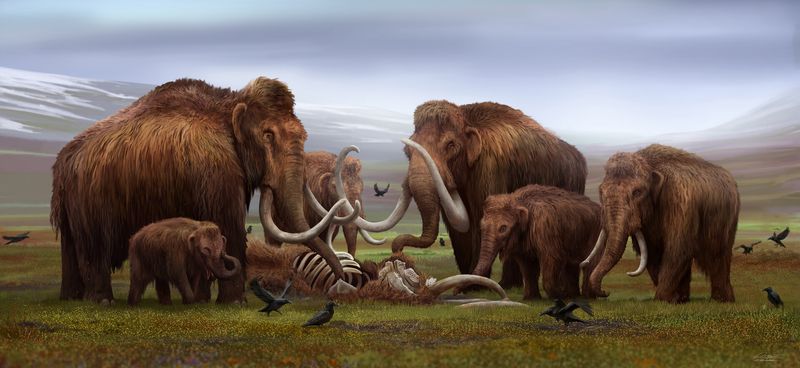
Despite their 13-foot height and massive curved tusks, woolly mammoths were peaceful plant-eaters. Their thick fur coats—up to 3 feet long—protected them from brutal Ice Age winters while they gently foraged for grasses.
These social animals traveled in family herds led by matriarchs, much like modern elephants, caring for their young for up to 15 years.
12. Giant Ground Sloth
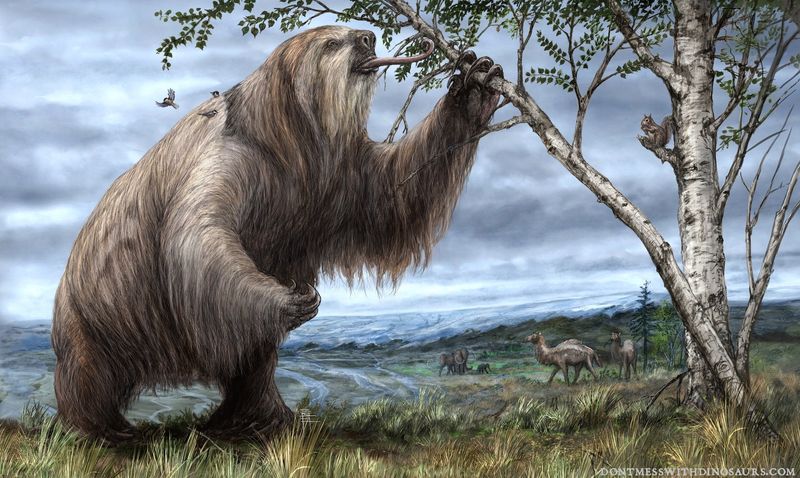
Don’t let its 20-foot height fool you—this massive sloth moved through ancient forests with the gentleness of a floating balloon. Despite having claws longer than kitchen knives, they used them only to pull down tree branches for peaceful browsing.
These gentle giants even helped spread avocado trees by pooping out the large seeds after eating the fruit.
13. Diprotodon
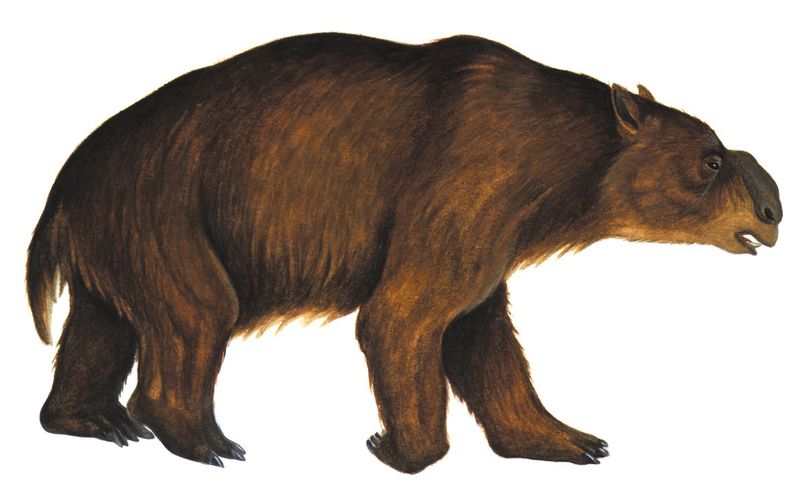
Resembling an oversized wombat the size of a rhino, Diprotodon wandered ancient Australia with the temperament of a sleepy koala. These car-sized marsupials spent their days munching plants and napping in the sun.
Aboriginal rock art suggests humans actually kept young Diprotodons as pets before hunting pressures led to their extinction about 40,000 years ago.
14. Paraceratherium
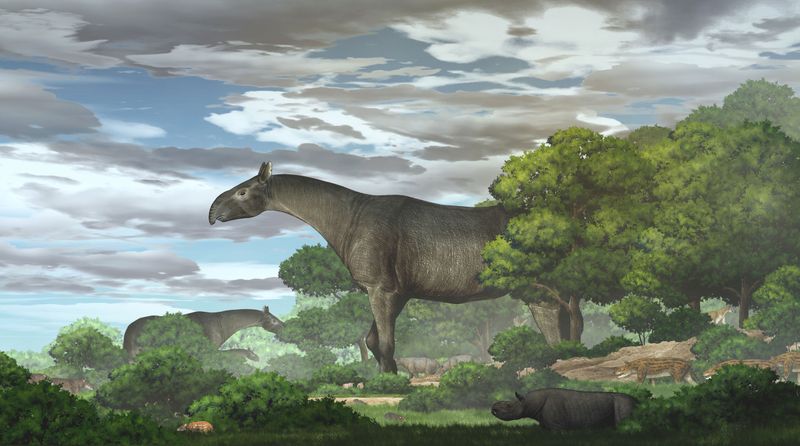
Imagine a giraffe-necked rhino standing taller than a two-story house! Despite being the largest land mammal ever, Paraceratherium was a peaceful browser, using its 4-foot-long neck to reach high branches.
Its weight—equal to four elephants—made it virtually immune to predators. These giants wandered ancient Asia in small family groups, communicating through low-frequency rumbles.
15. Megatherium
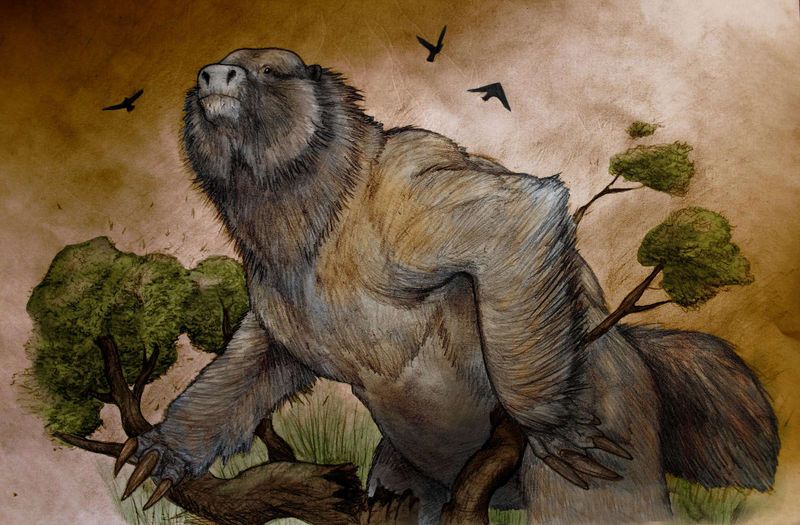
With bear-like claws and gorilla-sized arms, Megatherium looked fierce but preferred plant smoothies to meat. These elephant-sized ground sloths could stand on hind legs to reach 20 feet high, gently stripping leaves from treetops.
Their thick hide was embedded with bony plates like built-in armor, though they used this protection only defensively when threatened by predators.

